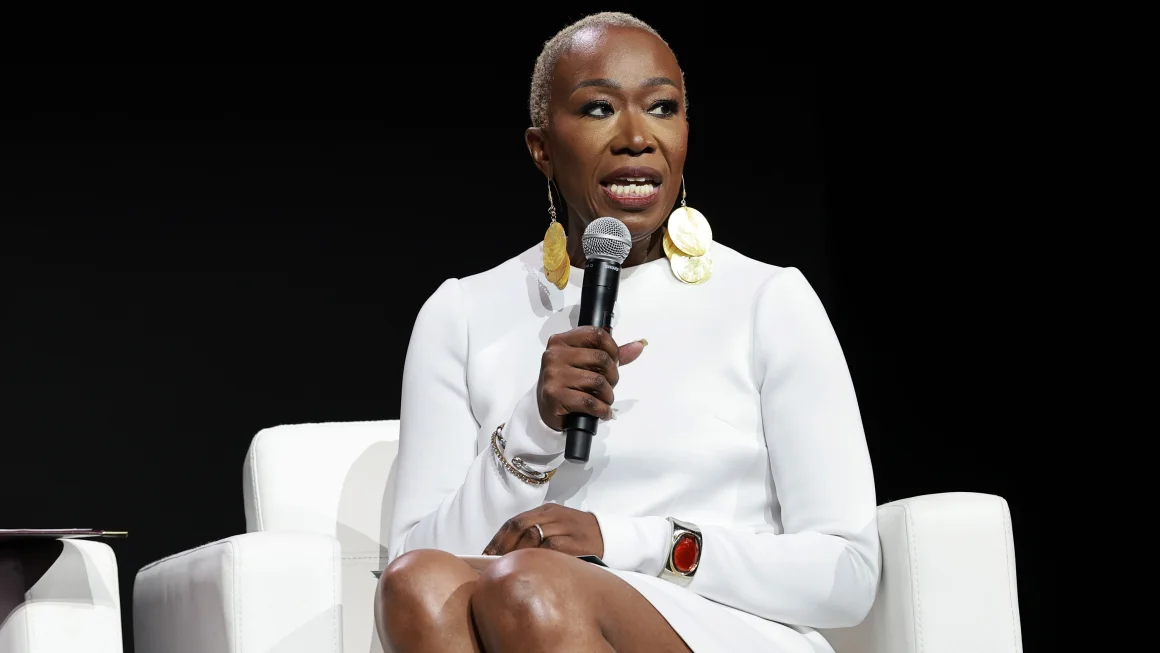As the February 1 deadline nears, President Donald Trump is set to implement a 25% tariff on all imports from Canada and Mexico, following through on one of his most consistent campaign promises. On Friday afternoon, as Canadian officials were preparing for high-stakes talks with U.S. border czar Tom Homan, Trump made it clear that he would not back down, telling reporters in the Oval Office, “No,” when asked if there was anything Canada, Mexico, or China could do to prevent the tariffs. His stance left little room for negotiation.
In Washington, a senior Canadian delegation, led by Foreign Minister Mélanie Joly, had spent several days trying to persuade U.S. officials to avert the tariffs. Armed with videos and documents showing Canada’s enhanced efforts to stop illegal immigration, they hoped to demonstrate their commitment to fulfilling Trump’s demands. However, the delegation’s efforts were in vain as Trump reiterated his position that no concessions would be made, adding, “We’ll just see what happens.”
Trump’s tariff threat had loomed over the trade landscape for months, leaving many to wonder if he would follow through or seek to delay the deadline. Even as late as Thursday, there was some hope among Wall Street, Capitol Hill, and leaders in Ottawa and Mexico City that a last-minute breakthrough might occur. But with Trump’s firm declaration, it became clear that the tariffs would be enacted.
The tariffs are part of Trump’s broader plan to address issues of illegal immigration and drug trafficking, particularly fentanyl, which he claims is pouring into the U.S. from Canada and Mexico. As early as November, Trump had warned of his intentions to apply the tariffs, stating that they would remain in effect until illegal immigration and the flow of drugs into the U.S. were halted. The 25% tariff will impact all Canadian goods, and Trump hinted that other tariffs, including those on chips, pharmaceuticals, steel, aluminum, copper, and energy imports, could follow soon after.
While the tariffs will have significant economic consequences, with higher costs for consumers and potential disruptions in supply chains, Trump has made it clear that he sees them as a tool for enforcing U.S. policy priorities rather than as a traditional trade mechanism. “There could be some temporary, short-term disruption, and people will understand that,” Trump said when asked about the economic impact. “But the tariffs are going to make us very rich and very strong – and we’re going to treat other countries very fairly.”
The move represents a major escalation in Trump’s trade policy, one that could lead to a broader trade war, affecting not just North America but potentially extending to other global partners. Despite potential risks, Trump’s advisors, including Howard Lutnick, the incoming commerce secretary, have supported a hardline approach. Lutnick argued that the tariffs are not merely about trade, but about forcing Canada and Mexico to take more action on immigration and drug enforcement.
However, not all advisers were in agreement. Some, like Treasury Secretary Scott Bessent, advocated for a more gradual approach, starting with smaller tariffs and gradually increasing them. Trump, however, rejected this idea, insisting that the tariffs needed to be substantial from the outset. “No, that would not be acceptable to me,” Trump responded firmly.
The announcement of the tariffs comes after a brief but telling episode last weekend, when the U.S. imposed significant tariffs on Colombia over a dispute related to deportation flights. The swift retreat by Colombia in the face of these tariffs highlighted the power of tariffs as a negotiating tool, underscoring Trump’s belief in their effectiveness.
Inside the White House, debate over the tariff strategy has been intense. While some advisers have pushed for maximum pressure on Canada and Mexico, others have questioned the broader economic fallout. Trump’s top trade officials, including Stephen Miller, have been staunch advocates of using tariffs to compel foreign countries to adhere to U.S. domestic policy priorities.
The tariffs on Canadian goods are set to be published on Saturday, with no grace period anticipated. While specifics regarding which products and industries will be exempt are still unclear, it is expected that the tariffs will have far-reaching effects on continental trade. In the coming weeks, Trump may expand his tariff campaign to other countries, including the European Union, adding further uncertainty to global trade dynamics.
As February 1 draws closer, the impact of Trump’s tariffs is expected to reverberate across both the U.S. and its trade partners, signaling the start of what could become a larger global trade confrontation.














